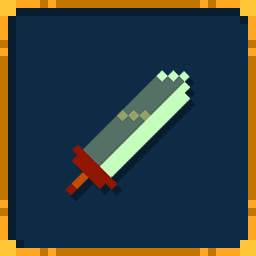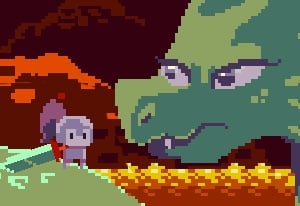
Tachi ( 太刀, "long sword"): A sword that is generally longer and more curved than the later katana, with curvature often centered from the middle or towards the tang, and often including the tang.Since the 10th century, they disappeared as weapons and came to be made only as offerings to Shinto shrines and Buddhist temples. Chokutō ( 直刀, "straight sword"): A straight single edged sword that was mainly produced prior to the 10th century.After the 10th century, they completely disappeared as weapons and came to be made only as offerings to Shinto shrines and Buddhist temples. Tsurugi/Ken ( 剣, "sword"): A straight two edged sword that was mainly produced prior to the 10th century.The following are types of Japanese swords: In this way, a blade formally attributed as a wakizashi due to length may be informally discussed between individuals as a tanto because the blade was made during an age where tanto were popular and the wakizashi as a companion sword to katana did not yet exist. When the mounts are taken out of the equation, a tanto and wakizashi will be determined by length under or over 30 cm, unless their intended use can be absolutely determined or the speaker is rendering an opinion on the intended use of the blade. A long tanto may be classified as a wakizashi due to its length being over 30 cm, however it may have originally been mounted and used as a tanto making the length distinction somewhat arbitrary but necessary when referring to unmounted short blades. It is properly distinguished, then, by the style of mount it currently inhabits. An unsigned and shortened blade that was once made and intended for use as a tachi may be alternately mounted in tachi koshirae and katana koshirae. The type classifications for Japanese swords indicate the combination of a blade and its mounts as this, then, determines the style of use of the blade. Naginata and yari, despite being polearms, are still considered to be swords, which is a common misconception naginata, yari and even odachi are in reality not swords. Other types of Japanese swords include: tsurugi or ken, which is a double-edged sword ōdachi, tachi, which are older styles of a very long single-edged sword wakizashi, a medium-sized sword and tantō, which is an even smaller knife-sized sword. Western historians have said that Japanese katana were among the finest cutting weapons in world military history, for their intended use. In modern times the most commonly known type of Japanese sword is the Shinogi-Zukuri katana, which is a single-edged and usually curved longsword traditionally worn by samurai from the 15th century onwards. Complete aikuchi style koshirae (mountings) and bare blade. This is the way.Tantō with signature ( Mei) of Shintōgo Kunimitsu. We do all these because ultimately, we want YOU to have a truly memorable custom saber experience with us. We aim to get everything right from providing the very best customer service & support, to creating an elegant weapon that exceeds expectations, while keeping within the promised lead time. We strive to deliver on this promise through open communication, transparency and honesty.

On top of continuously perfecting our sabers in designs, features and options, we believe that the interaction you have with us is equally as important. Today, Sabertrio is a company that embodies the premium custom saber experience.

It was through this that we felt, we had finally found our calling.

It was a long and arduous journey, but also a deeply gratifying one where we had the opportunity to bring so much fun, excitement, and joy to people all over the world with our sabers. Starting from a small desk, we embarked on our quest to craft fully functioning duel-ready custom sabers that most importantly, were well made and original in design. Founded in 2016 by three individuals, Sabertrio was born out of a passion for a certain galaxy far, far away.and above that, to bring custom sabers to life.


 0 kommentar(er)
0 kommentar(er)
